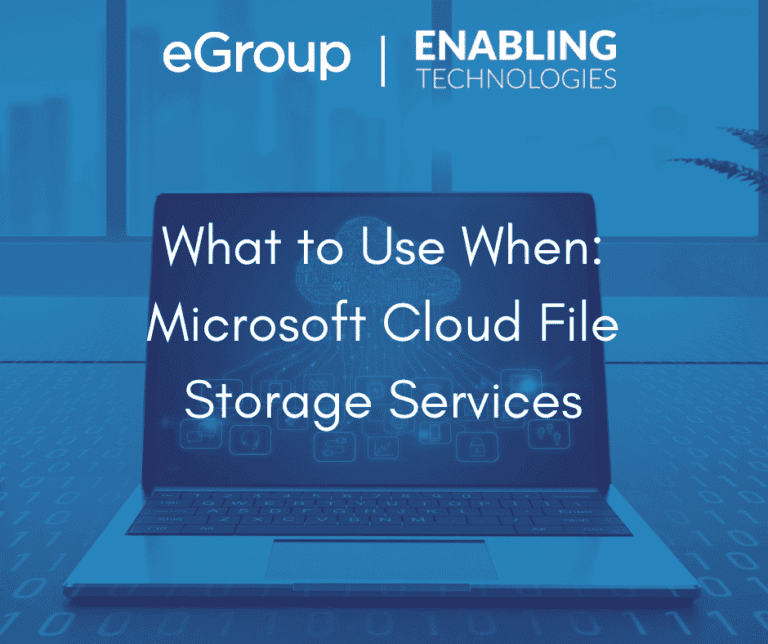What to Use When: Microsoft Cloud File Storage Services

With Innovation Comes Choice (and Confusion!)
There are several options to migrate data from on-premises file shares and hard drives.
Since a fair amount of storage is already paid for with SharePoint (E3 license), and Azure Files will incur additional cost per byte, it’s SharePoint where you can and Azure Files where you must.
Moving files from SMB to SharePoint is accomplished with a migration tool. We have found https://sharegate.com/blog/prepare-file-share-migration-to-sharepoint to be cost-effective and efficient. But recently, Microsoft acquired Mover (http://mover.io), which is now free for O365 customers moving data to SharePoint Online/ODFB. Even more cost effective!
Teams adds another choice for sharing workgroup / organizational files. One IT Manager of a 30,000 user firm summarized the best practices as: “OneDrive is for my personal data, and if I leave, what happens to my data doesn’t matter to the organization. Teams is where you store collaborative data, and for us, SharePoint is about one-to-many communications, like our intranet, and is highly governed.”
Contact Us!
Knowing what to use (and when) may become simple again one day, but until then ask us any questions you may have!
Contact our team of experts today to learn more about Microsoft solutions and cloud storage.

CTO & VP of Strategy - eGroup | Enabling Technologies